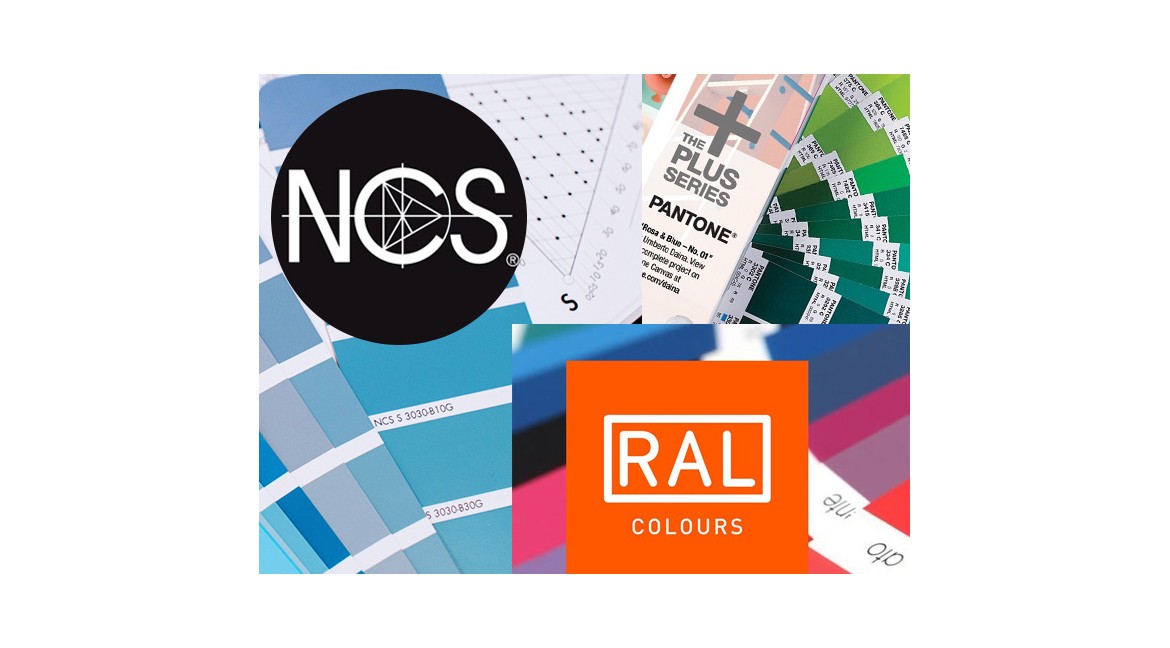
About RAL and NCS colours
We provide a diverse selection of more than 200 industry-standard RAL and NCS colors. Our commitment to quality means that we exclusively rely on industry-approved experts to apply these RAL and NCS color options to our products.
Please be aware that the on-screen depictions of colors may not precisely match the actual painted shades due to technical constraints. The colors displayed here are intended solely as a reference, and we cannot assume responsibility for any disparities between on-screen representations and the actual painted colors.
For precise color verification, we strongly recommend comparing your chosen shade to a color swatch chart. You can access a downloadable RAL color chart (for guidance purposes only) here: [Download Link].
RAL (Reichs-Ausschuss für Lieferbedingungen) and NCS (Natural Color System) are two different color standard systems widely used in industries, design, architecture, and other fields where precision in color identification is crucial. Here's a brief description of both standards:
1. RAL (Reichs-Ausschuss für Lieferbedingungen):
• The RAL system was developed in Germany in 1927 and is widely used in Europe.
• It is based on a set of approximately 2,000 specific colors, each identified by a unique number.
• An RAL color is defined by a combination of three numbers, where the first number indicates the general color group, and the other two identify the specific color within that group.
• RAL includes both primary colors and special ones, such as metallic or fluorescent colors.
2. NCS (Natural Color System):
• The NCS system was developed in Sweden and is used globally.
• It is based on a more scientific approach to defining colors and describes colors in a more abstract manner, using a color triangle in a color space.
• NCS doesn't rely on specific colors like RAL but instead focuses on the relationships between colors. Each color is described by its hue, saturation, and brightness.
• In the NCS system, letters and numbers are used to describe colors, such as S 0560-Y20R, where "S" represents the hue, "0560" represents the saturation, and "Y20R" represents the brightness and shade.
Both systems have their advantages and applications. RAL is more popular in the construction and automotive industries, where specific colors are critical. In contrast, NCS is often used in interior design and art, where the relationship between colors is more important than specifying a particular color.
It's worth noting that these two systems are not directly compatible, meaning that a color identified by a number in the RAL system will not have a direct equivalent in the NCS system, and vice versa. Therefore, choosing the right system depends on the specific application and design requirements.

All comments
Goedenavond, Ik heb net een bestelling gedaan. Order MRBCHUDNO. Kan deze bestelling in Ral 9001 geverfd worden? Met vriendelijke groet, Claudia in't Veld